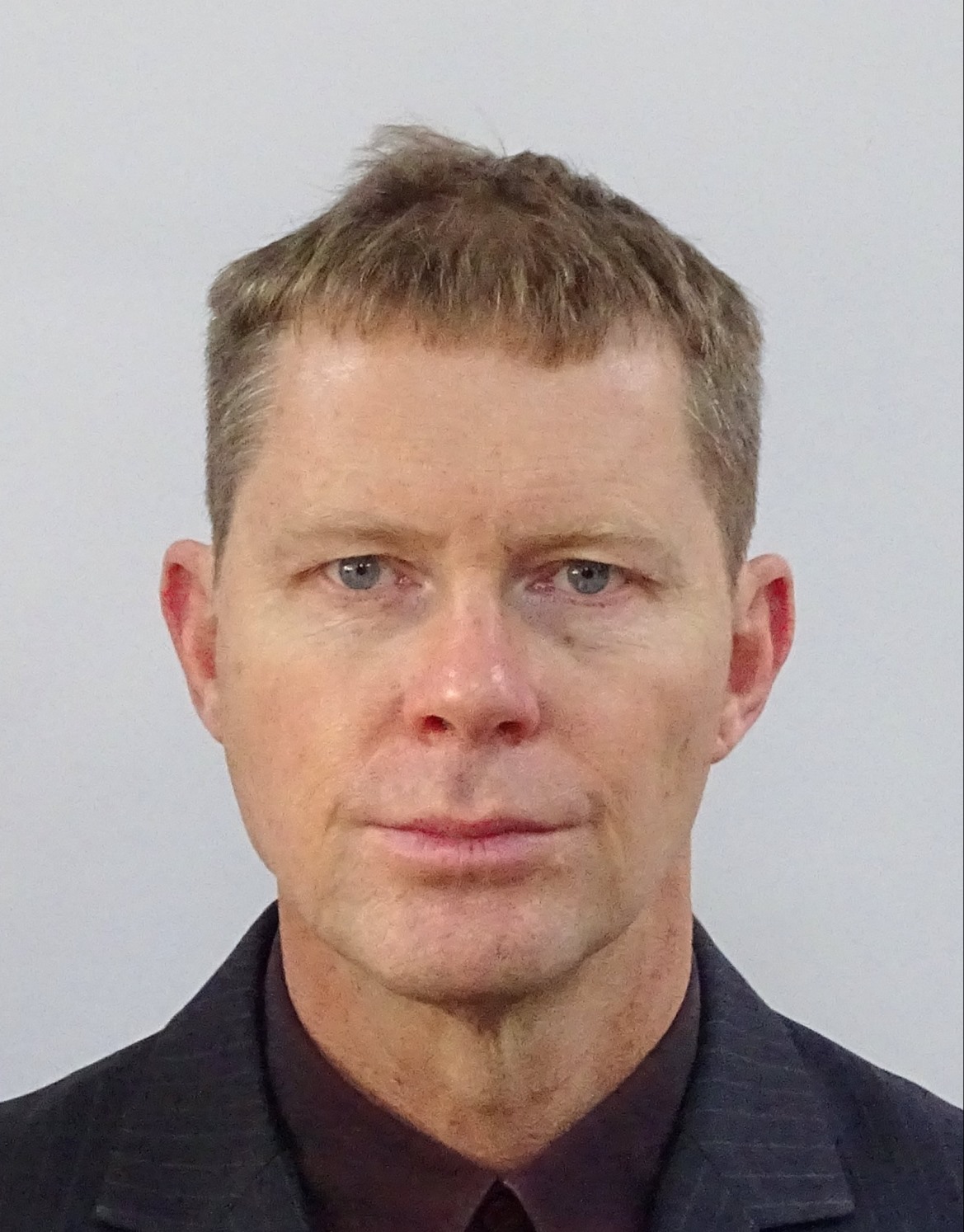Auckland’s City Rail Link: How did the transformative project get off (or under) the ground?

To enter Te Waihorotiu, the huge new railway station fast nearing completion beneath the streets of Auckland, is to get a glimpse of the scale of the City Rail Link (the CRL).
In a country where big transport projects (except motorways) have been non-existent, the CRL, a 3.45km twin-tunnel underground rail link up to 42m below the centre of New Zealand’s largest city, is groundbreaking.
When complete, the CRL will close a long-standing gap in Auckland’s rail network by transforming the current main downtown terminus into a through station, adding two completely new city centre stations and creating a two-way link from a cul-de-sac.
The CRL’s completion is projected for late 2025, with trains themselves to be running at an unspecified later date.
The potential benefits are clear
The CRL should double Auckland’s rail capacity, dramatically shorten journey times, help relieve delays and stoppages across the network and take thousands of cars away from Auckland’s notorious rush-hour gridlock. But that doesn’t mean it was an easy project to get off (well, under) the ground.
Over decades, many public transport projects have been proposed and then cancelled in Auckland. In an environment where governments baulk at public transport project costs and the car is worshipped, it took an act of “enormous political courage” by Len Brown, the mayor of the time, to get the project underway in 2011, says Dr Sean Sweeney, the CRL’s CEO.
This storied history, and the sense of realism it has engendered, is integral to the CRL’s success, says Nicolas Reid, Principal Public Transport Planner at MRCagney, a local transport consultancy. For, although it's by New Zealand standards a massive project, it's at heart quite straightforward: “[It’s] pretty much the simplest and easiest version of a city rail tunnel you could design for Auckland.”
The route is a near straight line on the shortest alignment possible, with the minimum number of tracks and stations for an effective operation.
“Because of that, it's affordable and cost-effective enough to actually proceed, and will soon be up and running and delivering all the promised benefits.”
Reviving the city centre
Adhering to the principle that politics is the art of the possible, the CRL bucks the Auckland trend of “grand, excessive transit schemes that never went anywhere because they zoomed in on maximising all possible benefits without worrying about cost and deliverability”.
Having said that, the station at the CRL’s heart is undeniably grand. Te Waihorotiu, its double platform stretching an entire city block in Auckland’s midtown, will serve the main universities, arts venues, hotels, restaurants and shopping streets, transforming how Auckland’s fast-growing population can access the city centre.
Māori art adorns the station’s interior and exterior. The project’s visionaries speak of “working closely with Auckland iwi [tribal groups] to develop a new railway that is not only world class, but one whose award-winning design reflects New Zealand/Aotearoa’s unique cultural heritage”.
Dr Sweeney is confident of the CRL’s transformative potential and its ability to revive the city centre. The ring of stations around Auckland, offering the ability to circumnavigate the city centre by train for the first time, will offer a “subtle benefit”, particularly after large events at Auckland’s major rugby stadium, by opening up large swathes of the city that are currently a “dead zone”.
The need for a project pipeline
Unfortunately, the area around Te Waihorotiu itself is currently ‘dead’, if the empty shop windows around are any indication, in the face of construction disruption.
Dr Sweeney acknowledges the “huge challenges” of retrofitting a project in the middle of New Zealand’s largest city — something future projects will need to handle better, he suggests: “It is a very big project in a very small country that has not done much lately.”
A major lesson from the CRL is that New Zealand needs a pipeline of large projects, not just to fill the many infrastructure gaps, but also to ensure it can build the cost-effectiveness and skills base to bring project costs down and improve project management in general. And in actually seeing the light of day, it offers a vision of possibility for Auckland, a city where more such projects are imperative.
As Reid puts it: “What other pressing transport gaps can we solve with a similar approach to deliver the benefits within a decade?”
Read all about UK infrastructure projects and how they compare internationally in the summer 2024 issue of Project journal, an exclusive benefit for APM members


0 comments
Log in to post a comment, or create an account if you don't have one already.